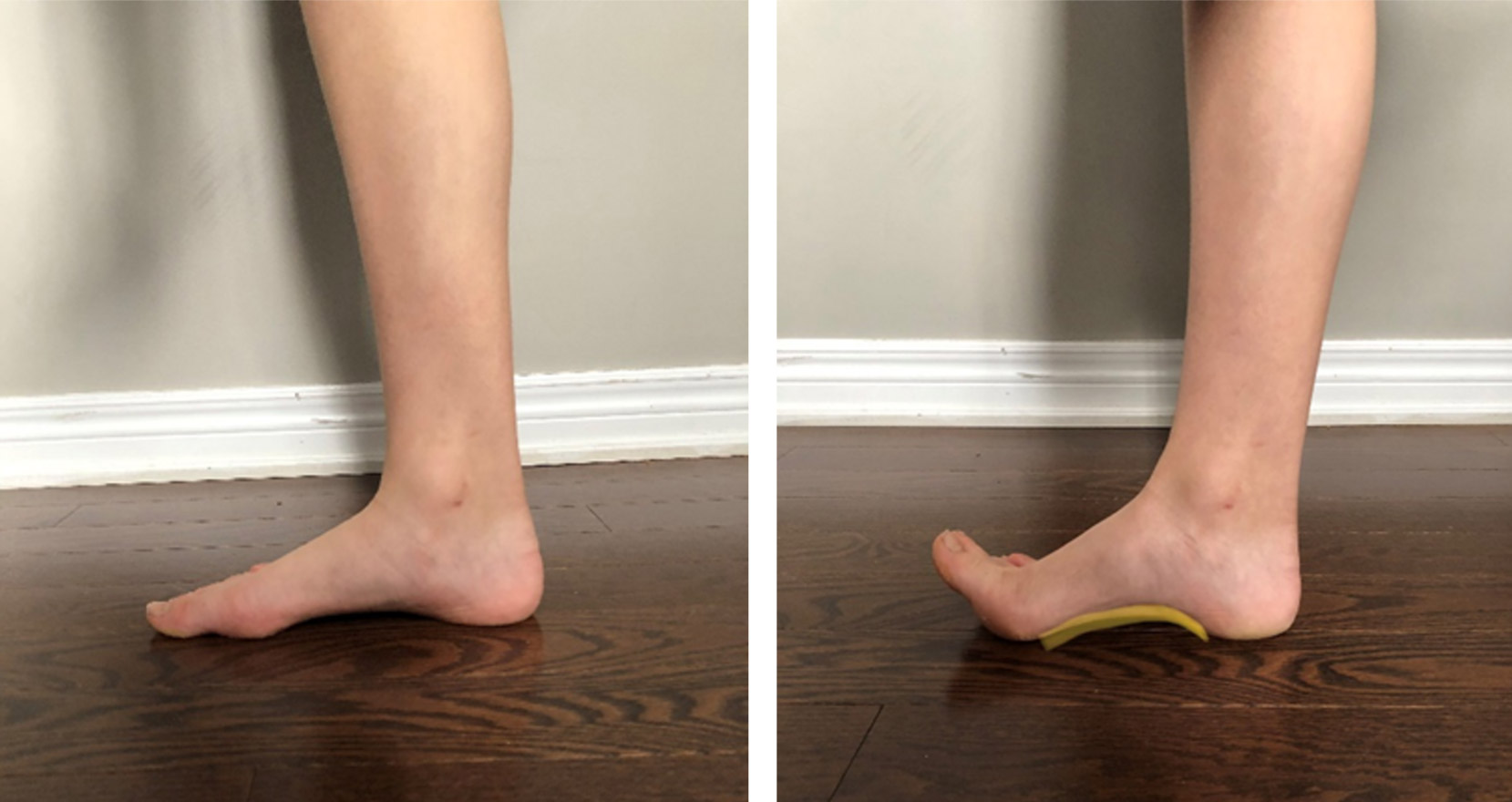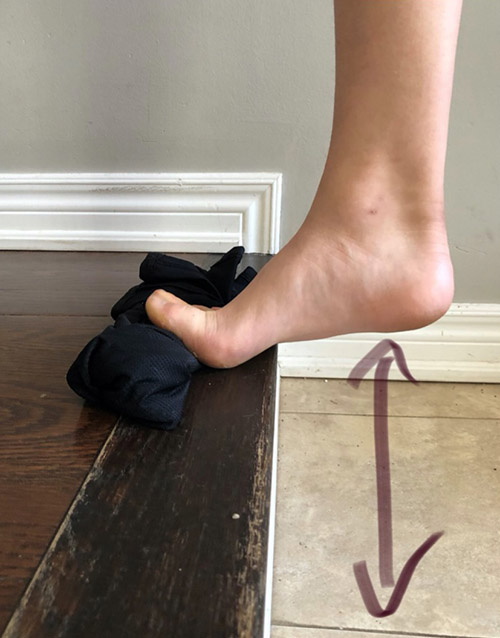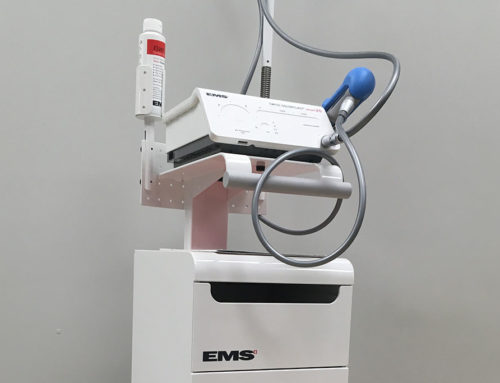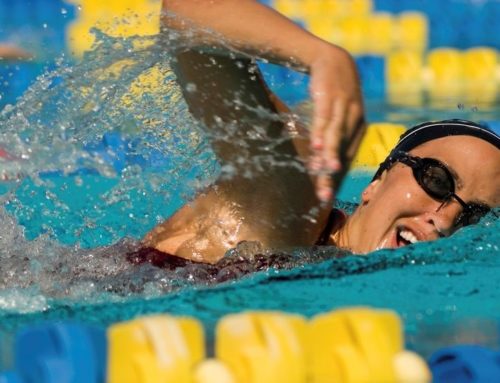The Benefits of Foot Doming Exercise
There are many different muscles in the foot. Perhaps the obvious ones are the larger ones that we can see, and we can easily touch. Sometimes referred to as global movers, these muscles play a key role in major movements like walking and running.
The Role of the Deep Foot Muscles
There are also smaller muscles in the foot. These are called intrinsic muscles. Located in the bottom of the foot, these muscles are smaller and deeper. They help to stabilize the various joints of the foot and provide a stable base for the global movers to function. A good analogy is a construction crane trying to move heavy objects. The base of the crane needs to be heavy and stable, or it will be ineffective and topple over. Similarly, the deep foot muscles stabilize the small joints in the foot and provide a stable base for the other global mover muscles to act with. Another way to think of it is trying to jump up on beach sand as opposed to jumping off a hard gym floor. The deep intrinsic foot muscles provide that stable base for better function.
Also referred to as the “foot core,” there are four layers to these deep muscles in the bottom of the foot. When these muscles are not functioning properly, the foot can be susceptible to injury and poor performance. Thankfully, we can use the following test to see if someone is deficient in the area.

With the foot and toes in neutral, bring your toes up off the ground to create more of an arch under your foot. Then lower your toes to the ground (not pictured) and maintain the dome that you created in the area of your arch with your toes on the floor. Can you hold this for over 30 seconds? Can you do it without the global movers activating or moving your foot too much? If not, you may have weakness or poor motor control of these deep muscles in the foot.
Foot Doming Exercise
A foot doming exercise is a good way to target these intrinsic muscles of the foot. To do this, try to pull the large joint of the big toe toward the heel while creating a “dome” under your foot, as pictured above. The challenge is to try and hold the dome while putting your toes flat on the floor. It is more-or-less the same as the test described above. Try not to move your toes and try to keep your ankle and foot in neutral. This exercise can be performed in various positions such as sitting, standing, unipedal standing and then into other movements (squatting and moving) depending on how ambitious you are.
Adding Heavy Resistance Training
A 2014 study published in the Scandinavian Journal of Medicine & Science in Sports found that heavy, slow resistance training can be effective in dealing with plantar fasciitis. Rehabilitation practitioners commonly give patients slow, controlled but relatively light weight. In this study, the authors of the paper found that patients benefited from performing exercises with very heavy resistance. This may be another prudent way to build capacity in the foot and plantar fascia to both address and prevent injury.
To do this exercise, find a step as pictured above. The exercise is a heel raise with the foot positioned as pictured with a towel under the toes putting tension on the plantar fascia. Perform every second day. Each heel raise should consist of a 3-second concentric phase (going up) and a 3-second eccentric phase (going down) with a 2-second isometric phase (pause at the top of the exercise). As a general guideline, aim for a 12- rep maximum for 3 sets and after 4 weeks, progress to 5 sets of 8 repetitions. A backpack with books can be added at 2 weeks, and the load in the pack can be increased over the course of progression.
Together, the doming exercise and some heavy resistance exercise for the plantar fascia is a good evidence-informed way to improve the function and capacity of the foot. It may help you avoid injury as well as perform better in your day-to-day activities and sports. As always, please consult with a suitable professional to ensure that these strategies are appropriate for you. Good luck!
By Dr. Kevin McIntyre B.Kin., DC
References
McKeon P, Hertel J, Bramble D, Davis I. The foot core system: a new paradigm for understanding intrinsic foot muscle function. Br J Sports Med 2015 Mar;49(5):290.
Drewes LK, Beazell J, Mullins M, et al. Four weeks of short foot exercises affect lower extremity function, but not alignment, in patients with lower extremity injuries. J Athl Train 2008; 43: S105.
Mulligan EP, Cook PG. Effect of plantar intrinsic muscle training on medial longitudinal arch morphology and dynamic function. Man Ther 2013; 18: 425–430.
Lynn SK, Padilla RA, Tsang KK. Differences in static- and dynamic-balance task performance after 4 weeks of intrinsic-foot-muscle training: the short-foot exercise versus the towel-curl exercise. J Sport Rehabil 2012; 21: 327–333.
Sauer LD, Saliba SA, Ingersoll CD, et al. Effects of rehabilitation incorporating short foot exercises on self-reported function, static and dynamic balance in chronic ankle instability patients. J Athl Train 2010; 45: S67
Rathleff MS, Molgaard CM, Fredberg U et al. High load strength training improves outcome in patients with plantar fasciitis: a randomized controlled trial with 12 month follow-up. Scandinavian Journal of Medicine & Science in Sports 2014.









